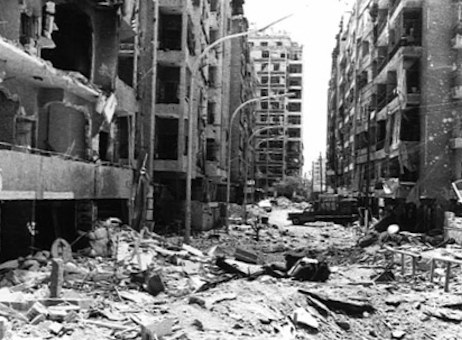DPU Working Paper - No. 153
Beirut Divided: The potential of urban design in reuniting a culturally divided city

16 June 2013
Author: Benjamin J Leclair-Paquet
Publication Date: June 2013
ISSN 1474-3280
Cities can be critical agents in the development of a multiethnic tolerance. They are crucibles of difference, constituting a necessary and stringent test of whether, and how, group identity conflicts can be effectively managed. (Bollens 2007: 248).
This citation by Scott A Bollens outlined the potential role of cities in their capacity to reunite divorced societies. Whilst Bollens’ broader discourse has given credence to the constructive role of urban planning for reuniting divided cities, the capacity for urban design to do the same remains unclear.
Based in notions outlined in the ‘contact hypothesis’ (Allport 1954) and ‘culture-distance hypothesis’ (Babiker et al. 1980), this paper aims to evaluate ways by which urban design can stimulate cross-cultural, pluri-social and pluri-ethnical interactions by increasing physical and mental access to public places. It expands on the role of planning and design processes in relation to the engagement of polarised groups in conversation.
Looking at Beirut as a metropolis divided across cultural boundaries, this study analyses the non- efficacy of Solidere’s reconstruction project for the Lebanese capital’s CBD. The systematic criticism of this case exemplifies by default how the practice of urban design can create new divisions in cities instead of effectively participating in cultural conflict resolution. To support the capacity of the field of urban design in playing a positive role in conflicted cities, it shows through examples and theoretical assessments how this practice could have in fact contributed in creating spaces of inclusion where cross-cultural interactions would have been most likely to occur. In turn, as with the two aforementioned hypothesises, this typology of interaction between antagonists could have facilitated the evolution of pluri-cultural cities along the continuum towards the cosmopolitan city.
 Close
Close

